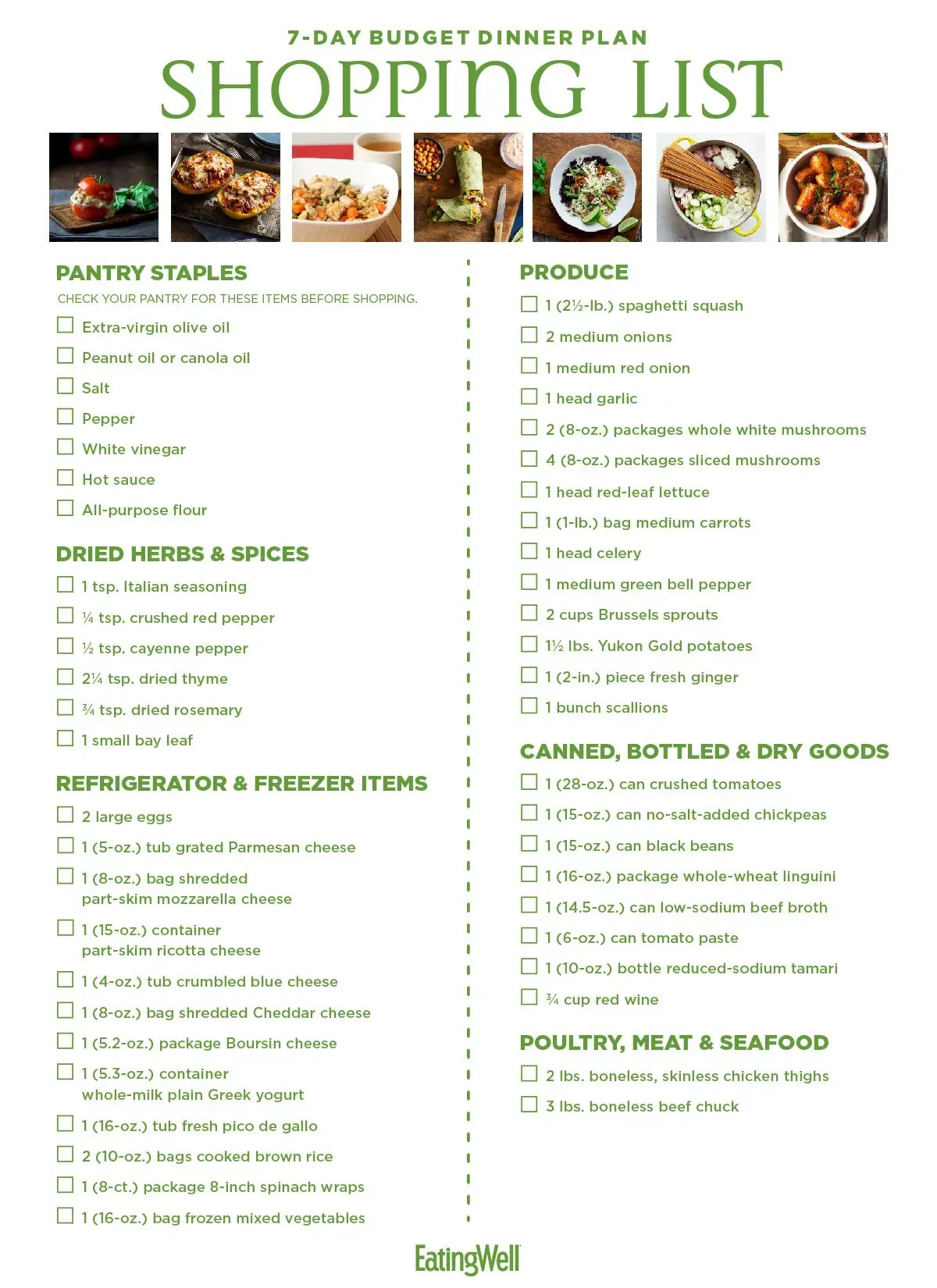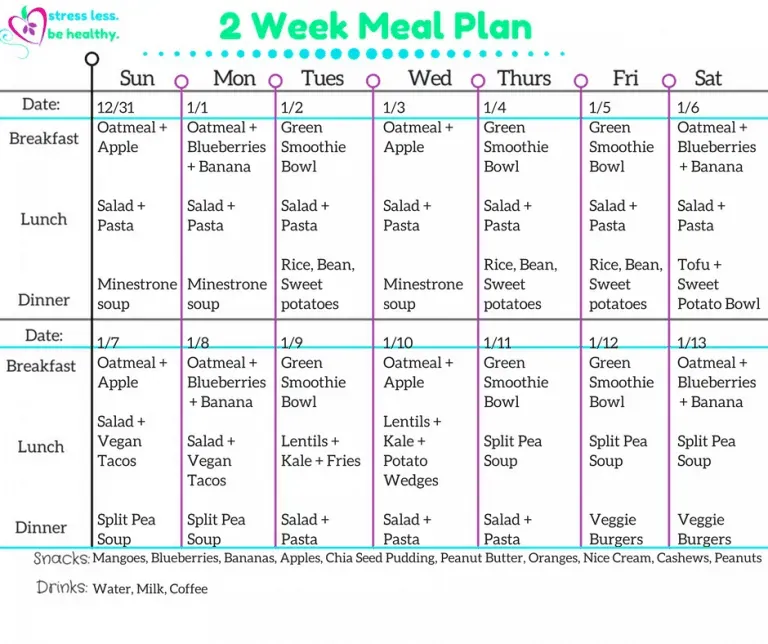Table of Contents
Let's be real. The idea of eating healthy often conjures up images of overpriced organic kale, exotic berries, and tiny portions that leave your wallet empty and your stomach growling. It feels like a luxury reserved for folks with endless grocery budgets. But what if I told you it doesn't have to be that way? What if you could actually put together genuinelyhealthy meal plan ideas on a budgetthat taste good, keep you full, and don't require a second mortgage? It's less about chasing trendy superfoods and more about smart choices and a bit of planning.
Why Eating Healthy on a Budget Feels Like a Myth

Why Eating Healthy on a Budget Feels Like a Myth
The Sticker Shock at the Supermarket
Walk into any major grocery store today, and you see it immediately. The vibrant displays of organic berries, the neatly stacked piles of pre-cut veggies, the "artisan" bread – it all comes with a price tag that makes your eyes water. It's easy to look at those numbers and think, "Nope, eating healthy is clearly for people who don't check their bank balance before checkout." This perception, that fresh and nutritious automatically equals expensive, is probably the biggest hurdle people face when trying to figure out healthy meal plan ideas on a budget. You feel like you're forced to choose between your health and paying the rent, and that's a lousy feeling.
Marketing Hype vs. Actual Nutrition
Then there's the relentless marketing. Every other food product screams "healthy!" or "natural!" or "superfood!" on its packaging, usually accompanied by an inflated price. We're conditioned to believe that if it's got fancy buzzwords on the label, it must be better for us, and therefore, worth the extra cash. This creates a distorted view of what healthy eating actually is. It's not about buying the most expensive granola with ancient grains you can't pronounce; it's about getting essential nutrients from whole, unprocessed foods. The food industry profits from this confusion, making the idea of affordable nutrition seem overly complicated or simply impossible.
- Expensive Perception: Organic berries, pre-washed salads, gluten-free everything.
- Affordable Reality: Lentils, rice, oats, frozen vegetables, seasonal produce, canned beans.
- Marketing Trick: "Superfood" labels, fancy packaging, celebrity endorsements.
- Budget Strategy: Focus on ingredients, not marketing claims. Buy in bulk when smart.
Time, Convenience, and the Takeout Trap
Another major factor fueling the myth is the perceived time commitment. We live in a world that values speed and convenience above almost everything else. Cooking healthy meals from scratch takes time – time to plan, time to shop, time to prep, time to clean up. Grabbing fast food or ordering takeout is undeniably quicker in the moment, even if it costs more and offers little nutritional value. This pressure for speed makes opting for less healthy, pre-prepared options seem like the only realistic choice for busy lives, reinforcing the belief that healthy eating on a budget requires an unattainable amount of free time and effort.
Building Your Blueprint for Healthy Meal Plan Ideas on a Budget

Building Your Blueprint for Healthy Meal Plan Ideas on a Budget
Start with What You Actually Eat (and Like)
so you wanthealthy meal plan ideas on a budget. First things first: stop thinking about what you *should* eat and start with what you *do* eat and, more importantly, what you actually *enjoy*. Trying to force yourself to eat bland, boring food just because it's cheap is a surefire way to fail. Grab a pen and paper, or open a note on your phone, and jot down the meals you currently make or grab on the go. Be honest. Pizza? Tacos? Cereal for dinner? Write it all down. Then, think about the affordable things you actually like eating. This isn't about judgment; it's about creating a realistic starting point. You can't build a sturdy house on a shaky foundation, and you can't build a sustainable budget meal plan on foods you hate.
Take Stock of Your Pantry (and Freezer)
Before you even think about writing a grocery list, dig through your kitchen. Seriously. Open those cupboards, peer into the back of the fridge, and brave the depths of your freezer. You'd be surprised how many forgotten ingredients are hiding in plain sight. That bag of lentils you bought months ago? The frozen chicken breasts buried under ice packs? The canned tomatoes waiting for their moment? Finding these hidden treasures saves you money immediately because you're using what you already own. It also helps you figure out what you *don't* have and what you actually need to buy, which is crucial for a truly effectivehealthy meal plan ideas on a budgetstrategy.
Pantry Staple | Budget Benefit | Meal Idea |
|---|---|---|
Dried Lentils | Very cheap, filling protein, long shelf life | Lentil soup, lentil curry, added to salads |
Rolled Oats | Inexpensive breakfast, versatile | Oatmeal, overnight oats, add to baked goods |
Canned Beans (Chickpeas, Black Beans) | Affordable protein and fiber, quick to use | Chili, salads, dips (hummus), tacos |
Rice (Brown or White) | Bulk buy potential, base for many meals | Stir-fries, bowls, side dish |
Frozen Vegetables (Peas, Corn, Spinach) | Often cheaper than fresh, last forever, retain nutrients | Stews, soups, stir-fries, side dishes |
Stocking Up: Key Ingredients for Healthy Meal Plan Ideas

Stocking Up: Key Ingredients for Healthy Meal Plan Ideas
Building Your Budget-Friendly Foundation
Alright, so you've peeked into your pantry and figured out what lurks within. Now it's time to talk about building a solid foundation for yourhealthy meal plan ideas on a budget. Think of these as your culinary bedrock – the reliable, cheap heroes that show up in countless meals. We're talking about the unsung heroes: dried beans and lentils, rice (brown or white, whatever your preference and budget allows), oats, pasta (whole wheat if you're feeling fancy, regular if you're not), and canned goods like tomatoes, tuna, or sardines. These items have incredible shelf lives, are dirt cheap when bought in bulk, and are incredibly versatile. They form the base of soups, stews, salads, and side dishes, stretching your dollar further than almost anything else.
Affordable Proteins and Produce Powerhouses
Next up are your protein sources and veggies. Meat can get pricey, fast. Focus on more affordable options like eggs (a nutritional powerhouse), chicken thighs or legs instead of breasts, and ground meat (look for sales and freeze portions). Plant-based proteins like tofu and tempeh are also excellent, cost-effective choices. When it comes to produce, seasonal is always king for your wallet. Learn what's in season in your area; it's usually cheaper and tastes better. Don't shy away from frozen vegetables and fruits either – they're often picked at peak ripeness, locking in nutrients, and their price point is consistently lower than fresh out-of-season alternatives. A bag of frozen peas or spinach can rescue a meal and add vital nutrients without costing a fortune.
Ingredient Category | Budget-Friendly Examples | Why They Work |
|---|---|---|
Grains/Starches | Rice, Oats, Pasta, Potatoes, Tortillas | Filling, versatile, cheap base for meals |
Proteins | Dried Beans/Lentils, Eggs, Canned Tuna/Sardines, Chicken Thighs, Ground Meat (on sale), Tofu | Essential nutrients, varying price points, plant and animal options |
Vegetables | Potatoes, Carrots, Onions, Cabbage, Frozen Peas/Corn/Spinach, Seasonal Greens | Vitamins and fiber, frozen is cost-effective, fresh is best when seasonal |
Fruits | Apples, Bananas, Oranges (when in season), Frozen Berries | Sweetness and nutrients, frozen is great for smoothies/baking |
Shopping Smart and Storing Right
Stocking up effectively for yourhealthy meal plan ideas on a budgetisn't just about *what* you buy, but *how* you buy and store it. Learn to read unit prices – that's the cost per ounce or pound – to see if the larger package is truly cheaper. Often, it is, especially for staples like rice or oats. Buy in bulk for items you use frequently and that store well. Invest in some good storage containers to keep food fresh longer, reducing waste (which is essentially throwing money away). Freezing is your best friend; freeze leftovers, freeze meat on sale, freeze bread before it goes stale. A little bit of upfront effort in smart shopping and storage pays dividends by cutting down your grocery bill significantly over time.
A Week of Healthy Meal Plan Ideas on a Budget

A Week of Healthy Meal Plan Ideas on a Budget
Structuring Your Budget Week
Alright, planning is where the rubber meets the road forA Week of Healthy Meal Plan Ideas on a Budget. Don't think of this as creating a gourmet menu from scratch for seven days. That's exhausting and probably not sustainable. Instead, think about building blocks and repurposing. What are your busy nights? What nights do you have a little more time? Can you cook a larger batch of grains or beans on Sunday to use throughout the week? Maybe make a big pot of soup or chili that covers a couple of lunches and a dinner? The goal here is efficiency. Less time cooking every single meal means less temptation to order that expensive pizza when you're tired.
Start simple. Pick 3-4 main dishes you know you can make affordably and relatively quickly. Then, figure out how to stretch them. Leftover chicken from Sunday can become chicken tacos on Tuesday. Extra rice from Monday's dinner can be the base for a quick stir-fry on Wednesday. Breakfasts and lunches can be even simpler – think oatmeal, eggs, or leftovers. This isn't about culinary fireworks; it's about consistent, affordable nutrition that gets you through the week without resorting to sad desk salads or expensive takeout.
Mixing and Matching for Savings
SuccessfulA Week of Healthy Meal Plan Ideas on a Budgetrelies heavily on smart ingredient usage and repetition – but not boring repetition. Let's say you buy a bag of dried lentils. That's your base. Monday night? Lentil soup with some cheap carrots, celery, and onion. Tuesday lunch? Leftover lentil soup. Wednesday night? Lentil curry with rice. See? One cheap ingredient, multiple different meals. The same goes for a big batch of rice, a dozen eggs, or a tray of chicken thighs. Pair these staples with affordable produce that's in season or from the freezer section. A bag of frozen broccoli can go into the lentil curry or be a simple side dish. Eggs can be scrambled for breakfast, made into a frittata with leftover veggies, or boiled for snacks.
This approach makes your grocery list shorter and your cooking process simpler. You're not buying a million different ingredients each week; you're focusing on a core set of versatile items. It takes a little mental shift away from needing novelty at every meal, but your bank account will thank you. Plus, mastering a few simple, affordable recipes gives you confidence in the kitchen, which makes healthy eating feel less like a chore and more like a manageable part of life.
Meal Type | Budget-Friendly Idea 1 | Budget-Friendly Idea 2 | Budget-Friendly Idea 3 |
|---|---|---|---|
Breakfast | Oatmeal with banana | Scrambled eggs with a slice of toast | Yogurt (plain, large tub) with a little jam |
Lunch | Lentil soup leftovers | Chickpea salad sandwich (mashed chickpeas, mayo, celery) | Rice and bean bowl with salsa |
Dinner | Pasta with canned tomato sauce and lentils | Rice and beans with a fried egg | Chicken thighs roasted with root vegetables (carrots, potatoes) |
Keeping Your BudgetFriendly Healthy Meal Plan Sustainable

Keeping Your BudgetFriendly Healthy Meal Plan Sustainable
Roll with the Punches (and the Price Changes)
Look, nobody's perfect, and neither are grocery store prices. Some weeks, the chicken you planned on is suddenly way more expensive. Other times, you just don't have the energy to cook that elaborate bean stew you scheduled. That's okay. The key toKeeping Your BudgetFriendly Healthy Meal Plan Sustainableis building in flexibility. If your planned meal uses an ingredient that's suddenly double the price, swap it out for something cheaper you have on hand or that's on sale. Maybe that means lentils instead of chickpeas this week, or frozen spinach instead of fresh kale. Don't let one expensive item derail your whole week. Learn to pivot. It's less about rigid adherence and more about making smart adjustments on the fly.
Track Your Wins (and Learn from the Losses)
Making a budget meal plan work long-term requires a little bit of self-awareness. Pay attention to what worked well during the week. Which meals were surprisingly easy and cheap? Which ones felt like a chore or ended up costing more than you thought? Did you waste any food? (Be honest, we all do sometimes). Tracking this helps you refine your plan. Maybe you discover that making a big batch of chili on Sunday saves you time and money all week, or that buying pre-chopped onions, while convenient, busts your budget. Use these observations to tweak your plan for the following week. It’s a process of continuous improvement, not a one-time fix, forKeeping Your BudgetFriendly Healthy Meal Plan Sustainable.
- Embrace leftovers – they're planned convenience meals.
- Don't strive for perfection; strive for progress.
- Keep a few "emergency" cheap meals in your back pocket.
- Celebrate small victories, like a week with zero food waste.
Making Healthy Eating on a Budget Work for You
So, there you have it. Crafting healthy meal plan ideas on a budget isn't some mythical quest reserved for coupon-clipping gurus. It boils down to ditching the impulse buys, embracing affordable staples, and getting comfortable in your own kitchen. You're not aiming for Instagram-perfect meals every night, but rather consistent, nutritious food that keeps you fueled without draining your savings. It might take a little effort upfront – planning a week, figuring out what's cheap and in season – but the payoff, both for your health and your wallet, is undeniable. Stop thinking of it as a sacrifice and start seeing it as a smart play.